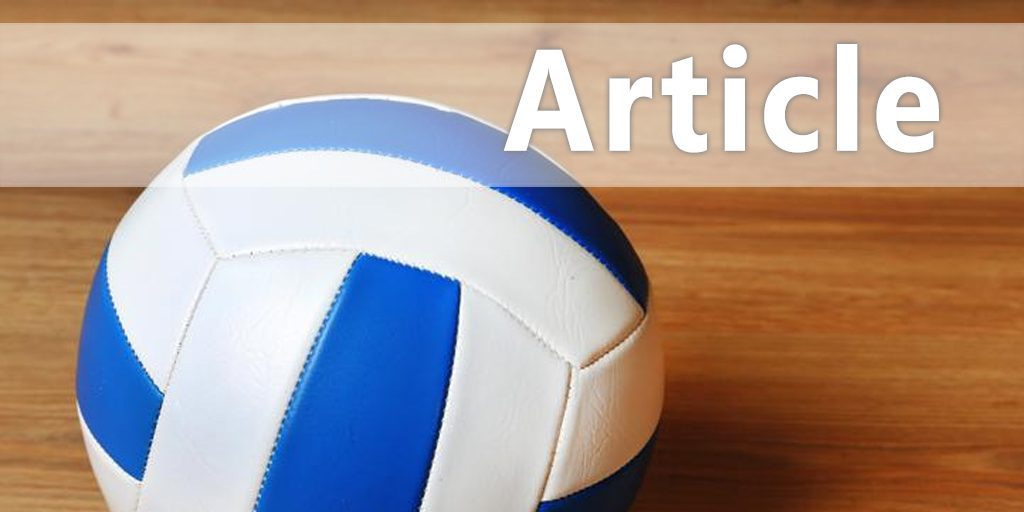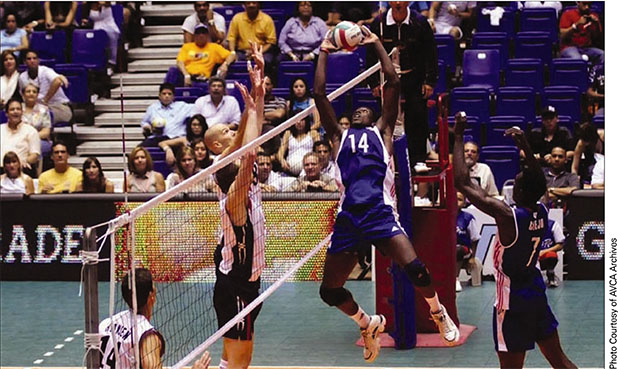|
By: Doug Beal and Tony Crabb Provided by - AVCA
Blocking is one of the necessary elements of winning volleyball and has two functions:
Players should only block when they can successfully perform one of these two blocking functions. Here are some keys for making that judgment.
The keys to successful blocking are always the same: talk, work hard, analyze, penetrate. The specific responsibilities for blocking change depending on whether one is a right, left, or middle blocker, or blocking the multiple attack. Left Blocker: The left blocker plays the opponents' number two position attacker (right front). The left blocker calls the offensive crossover or switch (against the crossing play or X) and helps on the quick attack if number two runs the X play. The left blocker also takes the hitter if number two flares out for a back set and sets the block for the middle person. Right Blocker: The right blocker plays the opponents' number four attacker (left front), takes the number two opponent on the X play, takes the number four attacker coming in for an inside set, and sets the block for the middle person on the left side. Middle Blocker: The middle blocker must block the quick hitter and always let the outside blockers know what to expect. The middle blockers must identify the attacker quickly and get in on all block attempts. There are some slightly different responsibilities for blocking the multiple attack:
There are five key principles to keep in mind: 1. Block offensively. Under virtually every situation, the blocker's goal is to stuff the ball.
The goal should be to instill in your blockers a philosophy of intimidation. 2. Do not block or jump. If you perceive that the hitter cannot score (hitter is out of position, ball is very deep, ball is outside antennae, hitter is standing, etc.). Knowing when to block is critical. 3. Seal the antennae. If the ball is set to a pin or beyond, the outside blocker ensures that the ball cannot be hit between the pin and the block. This is an important rule. 4. If the ball is set tight, surround the ball! Never allow the hitter to hit straight down in front of the back row. 5. Know the keys to blocking: See the hitter making contact with the ball, see yourself blocking the ball. Follow the ball with your eyes, then head, then body. Here's the sequence:
|








